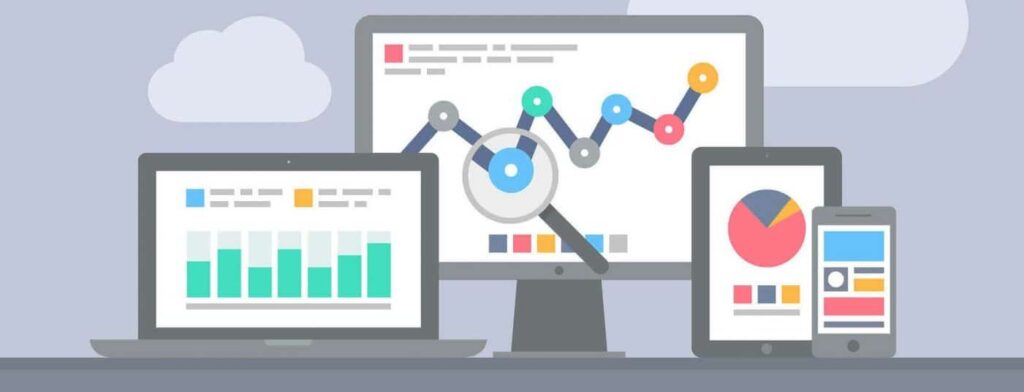Everyone can appreciate a report that is clear, concise, and comprehensive. Finding a data reporting platform that can generate that report and meet all of the organization’s criteria can be a challenge.
Decide on “Wants” for your Data Reporting Solution
Once the need for a new data reporting solution was established, two of our experts, Mike Fitzgerald and Jeff Fulton, compiled a list of “wants.” These were features that when put together, would result in the ideal solution for our reporting needs. They included:
- Security; data is one of every organization’s most valuable assets and needs to be protected. We looked for a system that allowed administrators to control access to it, but to also put limitations on what data a specific person could see once they were connected. Initially, we were interested in a cloud-based system, but found many of the security features for those platforms didn’t offer the protection we needed.
- Dashboards that could bring in many different data sources (SQL databases, CRM, Excel spreadsheets, etc.)
- Ease-of-use for someone who isn’t a data analyst, but versatile enough to handle more complex functions when appropriate
- Web-based, to allow access without the installation of a program on individual machines
- Quick processing of a large data set without a decrease in performance
- Data warehousing for on-hand access so data doesn’t have to be pulled directly from the source every time (related to the point above)
- Flexible report delivery – automated or manual via an emailed PDF, or live dashboard views via a secure web portal
- Reputable company with a success program to work through onboarding, training, and support
- Value – affordable without compromising quality or functionality
Weigh Options
Mike and Jeff scoured the Internet and found every reporting solution they could. They created a spreadsheet to track pros, cons, criteria met, cost, and additional features. Then, they narrowed that long list down to about 15 options, then dug in to identify the top 5. Next, they contacted those five providers for product demos. It was important to them that a portion of each demo used some of Safety Net’s data to see how the product would handle real-world processing. (This is critically important to test! Anyone can make a demo look great.)
Solicit Feedback
Once the foundational work was done, and there were viable solutions identified, Mike and Jeff solicited input from Safety Net’s “power users,” those who would most often interact with the new system. Then, based on their extensive research, experience throughout the evaluation process, and the needs of the company, they presented the solution that was the best fit.
Select the Best Data Reporting Plaform for Organization
Ultimately, Safety Net chose Sisense, a business analytics platform. The team at Sisense was knowledgeable, responsive and supportive – traits we value. Sisense met most of the criteria, offered the flexibility and high-quality outcome our clients deserve, and will improve our reporting processes from start to finish. On the back end, we make use of technology from Naveego, a Data Quality and Master Data Management solution (and Safety Net’s sister company), and Sisense for the output. Naveego’s data accuracy technology leverages Sisense to transform data into insightful dashboards based upon accurate business information, helping users make better decisions.


